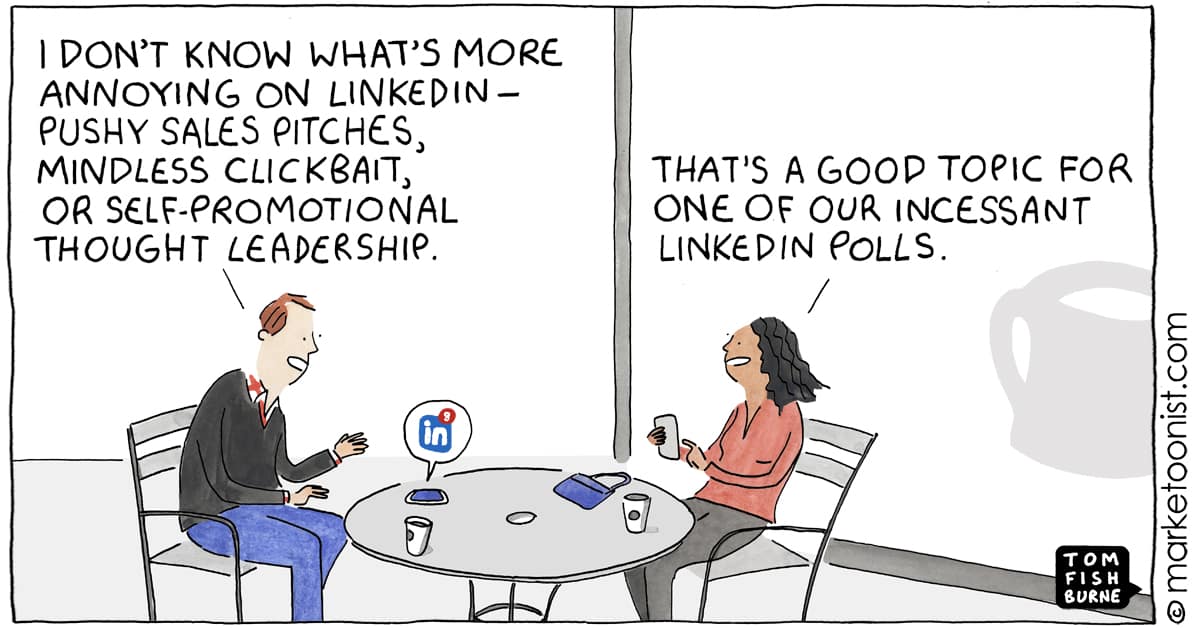Good morning, Marketer, are you getting enough emails?
The news that Intuit is in talks to acquire Mailchimp for over $10 billion got me thinking about my own inbox. My free Gmail service has a cap, so I’ve been unsubscribing more.
I like getting emails about books, but I don’t need emails about other things, like furniture, shampoo and eyewear. Yet, every time I buy something online, I get a new string of emails.
Is this sustainable? Email is an important channel for every marketing team, but make sure the audience is really into what you’re sending. It might be a smaller list of core enthusiasts, but it will be more fulfilling in the long run for customer and brand. And you definitely should still communicate with more casual customers, just realize that inbox real estate is scarce, and try developing other channels for those less hardcore purchasers.
Using marketing technology requires great (human) minds. That’s why thousands of senior-level marketers will be convening at MarTech’s virtual conference in only 6 days! We’re particularly excited for Scott Brinker’s keynote on the arrival of “big ops” in marketing. And speaking of big ops stars, Darrell Alfonso’s keynote will certainly demonstrate why he’s such a figure in the community. The agenda and registration link are here. Join us.
Chris Wood,
Editor




